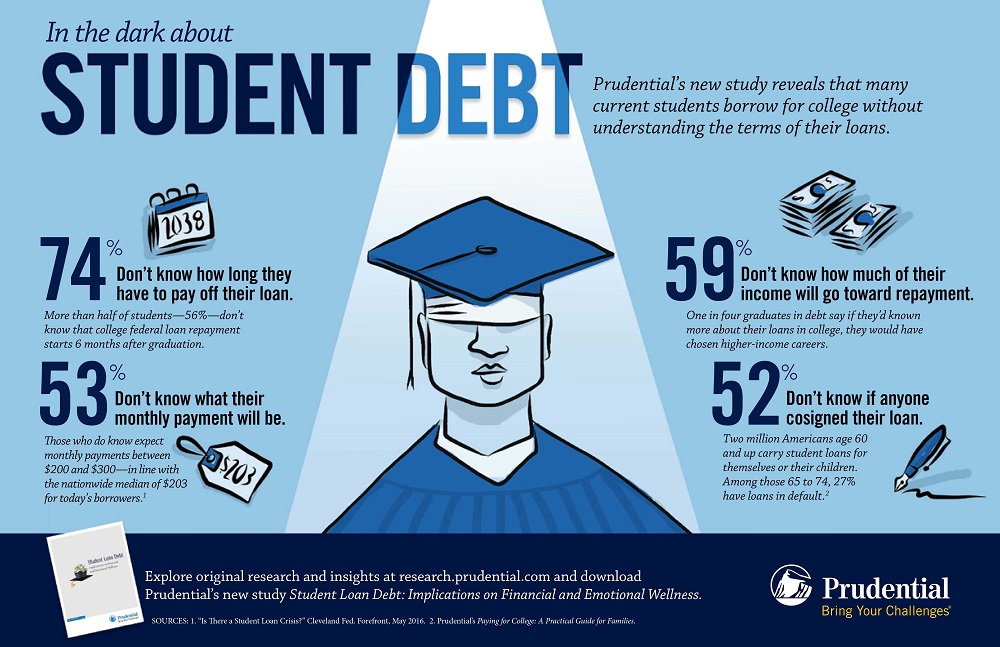Imagine stepping into adulthood burdened by a colossal debt, larger than the cost of a new car, or even a house. This is not a dystopian nightmare but the harsh reality facing a growing number of UK students. Student debt is out of control. It casts a long shadow over the financial futures of young graduates. In this comprehensive exploration, we delve deep into the escalating student debt crisis in the UK, examining its causes, impacts, and potential solutions.
A Debt Mountain Casting a Shadow
The magnitude of the student debt crisis is staggering. Recent figures reveal that over 1.8 million students now find themselves owing £50,000 or more. An even more alarming statistic reveals that students owe over £100,000 in debts, a sum that could easily cover the cost of a luxury car or a substantial down payment on a home, saddling more than 61,000 students.
A small but significant group of students carries debts exceeding £200,000, a figure that appears almost unimaginable for individuals just beginning their careers. On average, students in England embark on their professional journeys with a debt burden of around £45,000, a daunting prospect for any young person. Shockingly, the highest recorded student debt in the UK has now reached an eye-watering £252,000, underscoring the severity of the crisis.

All credits go to the BBC
Unravelling the Causes of Escalating Debt
Several factors have conspired to fuel this alarming rise in student debt. One major culprit is skyrocketing tuition fees in recent years. As universities face financial pressures, they have passed on these costs to students, making higher education increasingly expensive. Longer courses, such as those in medicine or veterinary science, naturally lead to more years of study and, consequently, greater borrowing. The rising cost of living, including accommodation, food, and transportation, further exacerbates the financial burden on students.
High interest rates on student loans are also a big part of the debt crisis. In an era of rising inflation, interest rates on student loans have also increased, causing debts to balloon even with regular repayments. Moreover, some students, particularly those from disadvantaged backgrounds, may need to borrow additional funds to cover living costs or unforeseen expenses, further contributing to their overall debt.
The Ripple Effects: Impacts on Graduates’ Lives
The consequences of this mounting debt are far-reaching and profound. Many graduates must delay major life events. These include buying a home, starting a family, and saving for retirement. The burden of money stress can be too much. This is especially true for young people starting their careers. Some graduates feel compelled to choose high-paying jobs they may not be passionate about, simply to manage their debt repayments. This can lead to dissatisfaction and a sense of being trapped in a career path chosen out of financial necessity rather than personal fulfilment.

Charting a Path Forward: Solutions and Strategies
Addressing this complex issue requires a multi-pronged approach. Government can play a big role. It can do so by making policies that ease students’ financial burden. This could involve lowering tuition fees, expanding access to grants and scholarships (which do not need to be repaid), and revising interest rate structures to make them more equitable. Universities can also contribute by offering more affordable housing options and providing financial counselling services to students.
Individual students can also take proactive measures to manage their debt. Opting for condensed or low-cost degree programs cuts borrowing needs. Working part-time during studies can help pay for living costs. It can also reduce the need for loans. Additionally, developing strong budgeting and financial literacy skills can empower students to make informed decisions about their finances and avoid unnecessary debt.
Conclusion: A Brighter Future for Students
The escalating student debt crisis in the UK casts a long shadow on the dreams and aspirations of young graduates. It’s more than just numbers on a spreadsheet; it’s about the real-life struggles of individuals grappling with a financial burden that can delay homeownership, family planning, and even take a toll on mental well-being.
But this isn’t a story of despair. It’s a call to action for policymakers, universities, and students to work hand in hand to create a brighter future. By lowering tuition fees, expanding access to grants, and crafting fairer repayment terms, we can pave the way for a more equitable education system. Together, we can build a society where higher education opens doors to opportunity, not to a lifetime of debt.
To find out more about student loans debt and statistics.
Thank you for reading, click the link to read more of our Education Articles:
Inside Success presents to you our digital platform, created to inform, inspire and empower 16-35s. Through our articles, we aim to bring bold ideas, fresh voices and real conservations to life. From mental health advice, to career information, and fashion tips to social issue debates, Inside Success is proud to have created a platform that has something to cater to everyone.




Leave a Reply
You must be logged in to post a comment.